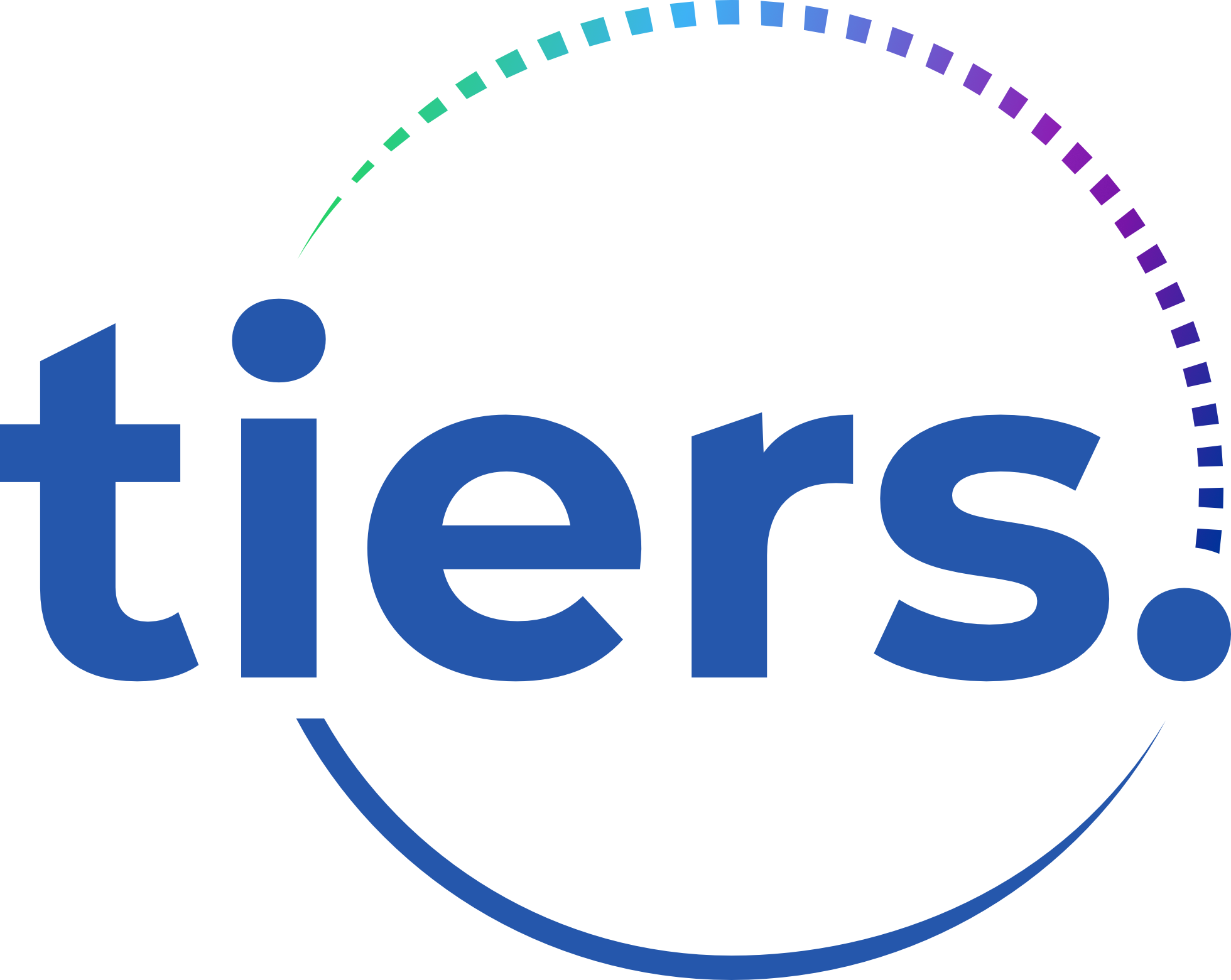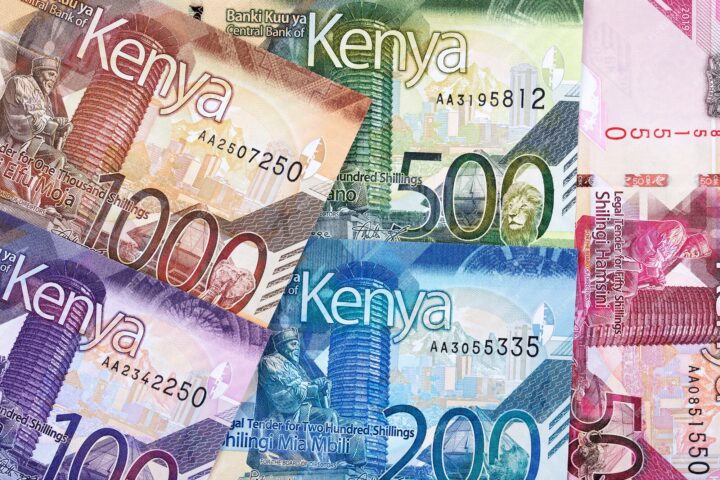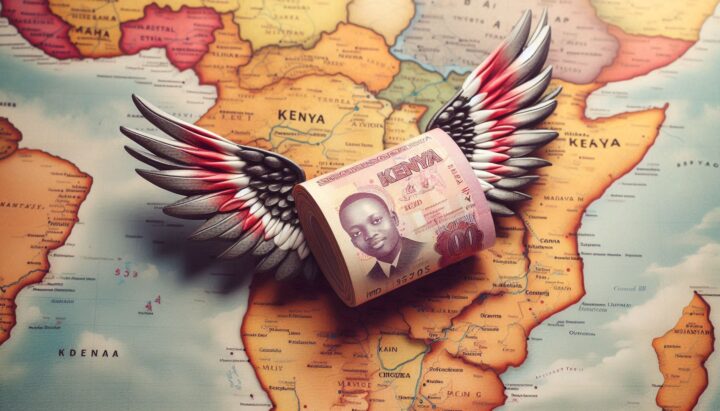When your local currency is losing value fast, knowing how to price your products during currency devaluation is not just smart — it’s necessary for survival.
Across Africa — from Kenya and Nigeria to Ghana and Uganda — inflation and currency depreciation are squeezing both business owners and customers. And if you’re a freelancer, entrepreneur, or small business owner, you can’t afford to guess.
In this guide, we’ll explore practical ways to adjust your pricing strategy, protect your profits, and use tools like Tiers’s dollar account to stay ahead of currency risk.
1. Understand Your Real Costs in USD
Even if you price in local currency, many of your inputs are affected by the US dollar. Whether you run a tech service in Lagos or a food business in Kampala, your suppliers and logistics may be dollar-linked.
Action tip: Always calculate your base costs in USD. It gives you a stable reference point for pricing — especially when inflation kicks in.
2. Add a Buffer to Absorb Currency Devaluation
To master how to price your products during currency devaluation, build in a 5–10% buffer into your pricing. This helps you handle sudden forex shocks without needing emergency price hikes.
Example:
If your cost of goods is $10 today, and you sell them for $15, a sudden 20% devaluation could erase your profit unless you’ve built a small buffer into your pricing.
3. Track Currency and Inflation Trends
Monitor inflation reports and exchange rate trends. Businesses that track currency shifts can adjust pricing gradually and keep customer trust.
Pro tip: Sign up for alerts or newsletters that cover forex and inflation trends in your country.
4. Consider Pegging Prices to USD (When Possible)
If your customers are comfortable with it — for example, if you deal with international clients or tourists — consider pegging your prices to USD. This approach protects your business from sudden losses when your local currency takes a hit.
Freelancers & Digital Services:
Platforms like Fiverr or Upwork pay in dollars, so consider pricing your direct services in USD as well, using apps like Tiers to hold your funds in a stable currency.
5. Review Your Prices Regularly
In stable economies, businesses can go months or years without changing prices. But in places where the local currency depreciates quickly, you might need to review your prices every month or quarter.
Being transparent with customers about inflation-driven price changes can help them understand why adjustments are necessary.
6. Explore Digital Banking & Dollar Accounts
Holding part of your revenue in USD through a dollar account can protect your earnings. With Tiers, for instance, you can save in dollars, receive payments, and convert funds only when rates are favourable — shielding your business from currency volatility.
7. Offer Value, Not Just Low Prices
When you must increase prices, focus on communicating the value of your products rather than competing on price alone. Highlight your product’s quality, reliability, or uniqueness. Customers are often willing to pay more when they see real value.
Key Takeaway
Knowing how to price your products during currency devaluation can save your business. By tracking costs in USD, reviewing prices regularly, and saving in stable currencies, you build resilience in an unstable market.
Secure your revenue with a free dollar account on Tiers. Save in USD, receive payments across Africa, and protect your business.
Get informed on how to do more with your money.





